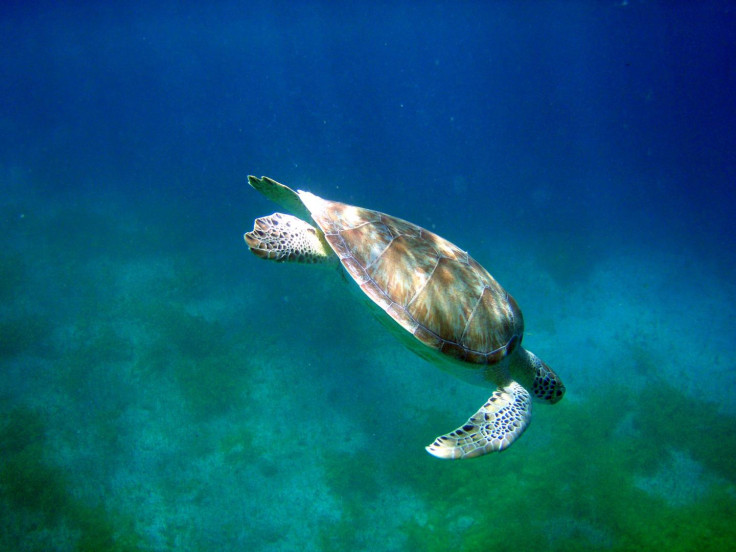Scientists uncover where and how green sea turtles live, when they mature and more using new tech
East Pacific green sea turtles have been found to mature at different rates depending on the nesting site.

Scientists have used new technological methods to uncover previously unknown information about the life history and habitats of East Pacific green sea turtles. The new findings could help future efforts to conserve them, whose population – despite a recent boost – remains dangerously low.
The new study – led by Cali Turner Tomaszewicz, who is a postdoctoral researcher in Associate Professor Carolyn Kurle's laboratory in University of California, San Diego – involves the use of a novel technique developed by Tomaszewicz herself. The method combines bone dating or 'skeletochronology' and sequential sampling of annual growth rings. This technique has allowed researchers to uncover new information about the lives of green sea turtles, including ecological data, demographics and more.
"Our work really highlights the exciting use of marine vertebrates as passive data collectors for ocean scientists. As animals move through and utilise food from different areas within the oceans, the biochemical signals of those habitats are recorded in the body parts of the animals," said Kurle, a researcher in the Section of Ecology, Behavior and Evolution in the Division of Biological Sciences.
"Analyses of those chemical signatures, and matching them with specific time periods, allows us to reconstruct not only the animals' movement patterns and diets, but also to better understand the biogeochemical processes characterising various marine environments. These types of data can be really difficult to obtain using conventional methods that require labour and resource-intensive sampling over long time scales, but with our approach, the animals are basically collecting data for us as they make their living in the sea."
Scientists found that green sea turtles spend around three to five years as juveniles in the open ocean before settling down in nearshore habitats. Researchers also found that while smaller turtles at the mainland nesting site mature and start breeding at the age of 17, bigger turtles nesting on the island rookeries start breeding at 30 years of age.
"This is the first empirical evidence showing that turtles in this population mature at very different rates at the two distinct nesting sites," Tomaszewicz said in a statement. "This could really affect the ability of this population to recover because the nesting site with turtles that mature slower (30 years) will take much longer to begin contributing to the population increase and recovery."
Researchers also found that green sea turtles are spending more time looking for food and eating in offshore waters of the Gulf of Ulloa, which is the same area where hundreds of turtles were found dead in November last year. Scientists believe that the surprising findings indicate an increase in the risk of green sea turtles ending up as fishing bycatch since the turtles are suspected to have died after being caught in fishing nets in the Gulf of Ulloa.
"The results of our work show that some green turtles, not just loggerhead turtles, are using this habitat for many years at a time and, therefore, are also at risk of bycatch and in need of protection," said Tomaszewicz. "Fortunately, much work has been done in this region to reduce these bycatch deaths."
Researchers believe that while green sea turtles in nearshore habitats feed on seagrass, invertebrates and macroalgae, those in offshore habitats are likely to consume red crabs, squid and discarded fish.
"This more carnivorous diet likely helps these turtles grow faster and mature sooner, yet also comes with the trade-off for being more at risk of becoming fisheries bycatch," Tomaszewicz added.
The findings of the new research have been published in the journal Marine Ecology Progress Series.






















